With the acceleration of social change and technological evolution, and the widening economic gap, there has never been a
time when innovation is more in demand than now.
Through this course, students are expected to learn the definition of innovation and typical theories and frameworks based on case studies, as well as acquire skills and entrepreneurship as the next generation of innovation leaders. Many exercises are planned in this lecture, and one of the outcomes is a business proposal for the Shibaura Business Model Competition (SBMC).
Through this course, students are expected to learn the definition of innovation and typical theories and frameworks based on case studies, as well as acquire skills and entrepreneurship as the next generation of innovation leaders. Many exercises are planned in this lecture, and one of the outcomes is a business proposal for the Shibaura Business Model Competition (SBMC).
The objective of this course is to acquire basic knowledge and methodologies related to innovation, and to acquire the ability
(innovation skills) and mindset (entrepreneurship) to apply them to solving real business and social issues.
- To be able to communicate the concept and process of innovation to others in one's own words. (Basic understanding of innovation)
- To be able to discover and define problems, propose solutions, and incorporate them into new business models. (Innovation skills)
- Build a vision from a long-term perspective and acquire the mindset to continue to take on challenges without fear of change or failure. (Entrepreneurship)
- To be able to produce results as a team by entering the Shibaura Business Model Competition.
| Class schedule | HW assignments (Including preparation and review of the class.) | Amount of Time Required | |
|---|---|---|---|
| 1. | (Week 1) What is innovation? (What) "Guidance" Understand the outline, objectives, goals, and evaluation methods of the lecture on innovation. To understand the significance of learning about innovation and the definition of innovation. To learn the basics of innovation classification and analysis. |
Read the syllabus and learn some principles of innovations. | 190minutes |
| 2. | "Understanding business models Understand the definition of a business model and use the Business Model Canvas (BMC) to reveal the structure of a business. |
Review the lecture and prepare your own report. | 190minutes |
| 3. | (Week 2) Why do innovations fail? (Why) "Why do innovations fail?" Learn the major theories of innovation and understand the factors of success and failure of innovation. (Diffusion theory of innovation, chasm, innovation dilemma) |
Study various innovation types and categories. | 190minutes |
| 4. | "Analyze and synthesize business models. Understand pictorial illustration and learn how to visualize business models. |
Pick up some cases of innovation success and failure, and analyze them. Prepare your own report. |
190minutes |
| 5. | (Week 3) How do innovations proceed? (How) "What is the process of innovation?" Understand the standard process for initiating innovation. Learn representative theories and strategies that can be applied to the innovation process (open innovation, blue ocean strategy) |
Apply the blue ocean strategy and create a new business idea. | 190minutes |
| 6. | "Case Studies of New Business Development in Large Corporations (Special Lecturer)" To learn about the realities and challenges of new business development in large corporations from a special lecturer. |
Study about the company and prepare some questions. | 190minutes |
| 7. | (Week 4) Who will initiate innovation? (Who) "Innovation Organization and Leadership To understand ambidextrous management and effectuation. To think about what leadership is that generates innovation. |
Study the characteristics of innovation leaders. | 190minutes |
| 8. | "Deciding the group theme Decide on a theme. Formulate a solution (hypothesis) to the problem, devise a prototype, and decide on research and analysis methods and division of roles. |
Follow the conclusion agreed during group discussion | 190minutes |
| 9. | (Week 5) UX Workshop (Special lecturer) "Designing the Experience Workshop 1. Lecture (Human-centered innovation. Lecture (Human-centered innovation. Entrepreneurial mindset) Group work (sharing issues, creating solutions) |
Prepare for idea generation by studying problems around you. | 190minutes |
| 10. | "Designing Experiences Workshop 2. Visualization (prototyping) of solutions and user testing Feedback and presentation of results |
Review the process of Design Thinking and re-do the missing point, if any. | 190minutes |
| 11. | (Week 6) Innovation process exercise "Creating a business model proposal Students will experience the entire innovation process by creating a business plan according to the application sheet for the Shibaura Business Model Competition. |
Discuss the topics among group members and prepare for the discussion. | 190minutes |
| 12. | 12. "Presentation Preparation, Mutual Rehearsal Confirm the division of roles within the group, and rehearse each other's presentations to discover areas for improvement. |
Deepen the discussion and co-operate to summarize. | 190minutes |
| 13. | (Week 7) "Group presentation (pitch), evaluation and review "Group presentation (pitch), evaluation and review First half of group presentation (pitch = final presentation), evaluation Experience the process of continuous improvement of innovation plans by having each group present (pitch) their business plans and mutually evaluate them. |
Preparation for the presentation. | 190minutes |
| 14. | 14. "Second half of group presentation (pitch = final presentation), evaluation Each group presents (pitches) their business plan, and through mutual evaluation, experience the process of continuous improvement of innovation plans. General review, SBMC guidance |
Review the presentation and prepare a report for the next cycle. | 190minutes |
| Total. | - | - | 2660minutes |
| Class contribution | Individual assignment | Group activities | Total. | |
|---|---|---|---|---|
| 1. | 10% | 10% | 20% | |
| 2. | 10% | 10% | 10% | 30% |
| 3. | 10% | 10% | 10% | 30% |
| 4. | 20% | 20% | ||
| Total. | 30% | 30% | 40% | - |
Criteria:
Cooperating with the class and contributing to active discussions, 30%.
Individual assignment, 30%.
Play an active role in group work and contribute to maximizing team strength and results, 40%.
Evaluation criteria
- Meeting basic requirements: 60 points
- Meeting requirements with logical background: 70 points
- Meeting requirements by utilizing knowledge obtained in the course. The presentation is clear with a logical sequence. : 80 points
Cooperating with the class and contributing to active discussions, 30%.
Individual assignment, 30%.
Play an active role in group work and contribute to maximizing team strength and results, 40%.
Evaluation criteria
- Meeting basic requirements: 60 points
- Meeting requirements with logical background: 70 points
- Meeting requirements by utilizing knowledge obtained in the course. The presentation is clear with a logical sequence. : 80 points
The textbook will not be specified.
Reference books
The Innovation Dilemma, Christensen, 1997, Shoei-sha
The Ambidextrous Management, O'Reilly Tuschman, 2019, Toyo Keizai Inc.
Business Model Canvas Strategy Guide, Miki Imazu, 2020, Shoei-sha
Understanding Business Models, Tatsuhiko Inoue, 2021, Nikkei Inc.
Reference books
The Innovation Dilemma, Christensen, 1997, Shoei-sha
The Ambidextrous Management, O'Reilly Tuschman, 2019, Toyo Keizai Inc.
Business Model Canvas Strategy Guide, Miki Imazu, 2020, Shoei-sha
Understanding Business Models, Tatsuhiko Inoue, 2021, Nikkei Inc.
Research products and services that you think are innovative, and understand their characteristics and reasons for being a
hit.
- A prior appointment via email is necessary.
- Course that cultivates an ability for utilizing knowledge
- Course that cultivates a basic interpersonal skills
- Course that cultivates a basic self-management skills
- Course that cultivates a basic problem-solving skills
| Work experience | Work experience and relevance to the course content if applicable |
|---|---|
| Applicable | The professor has long experience in an international company in the music industry. |




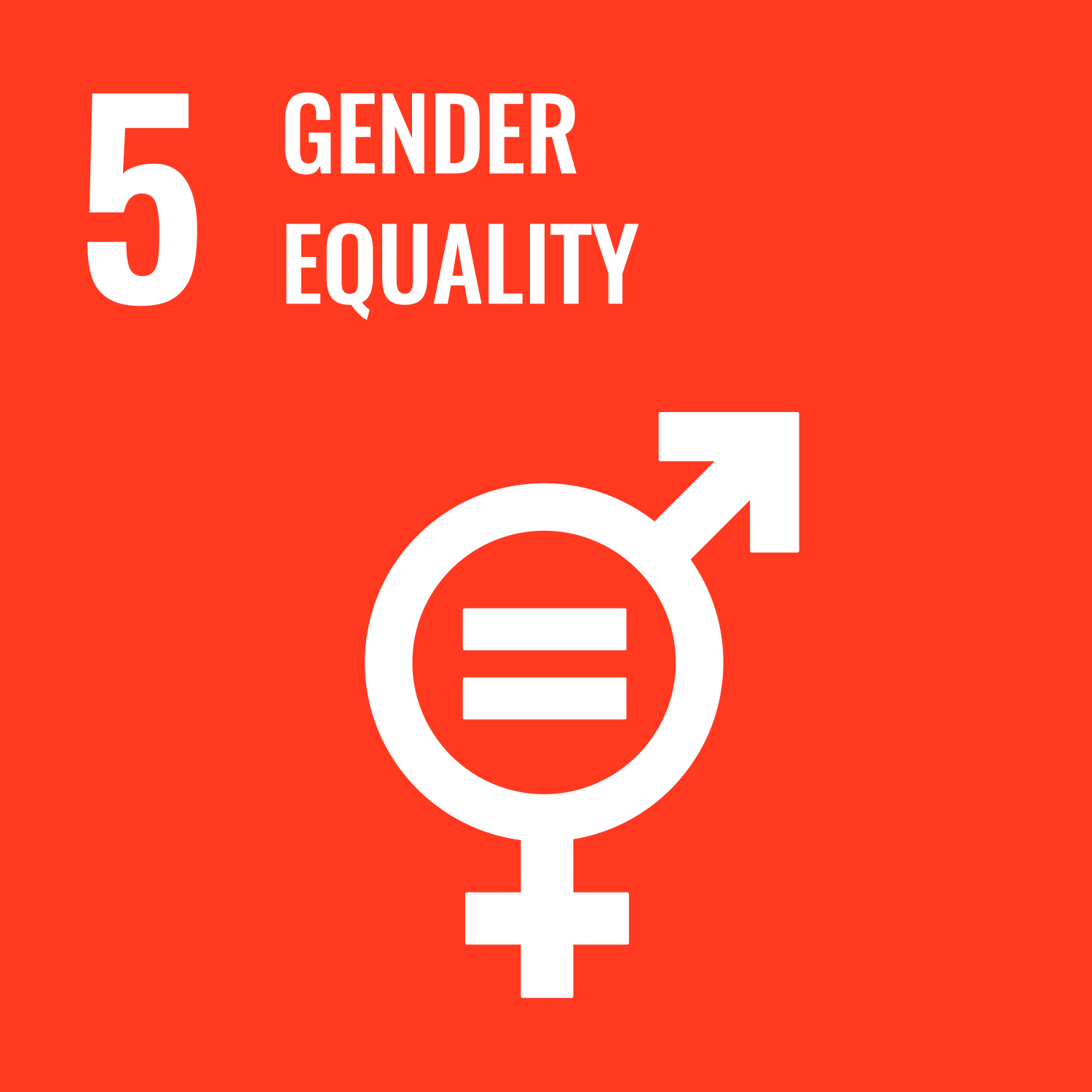

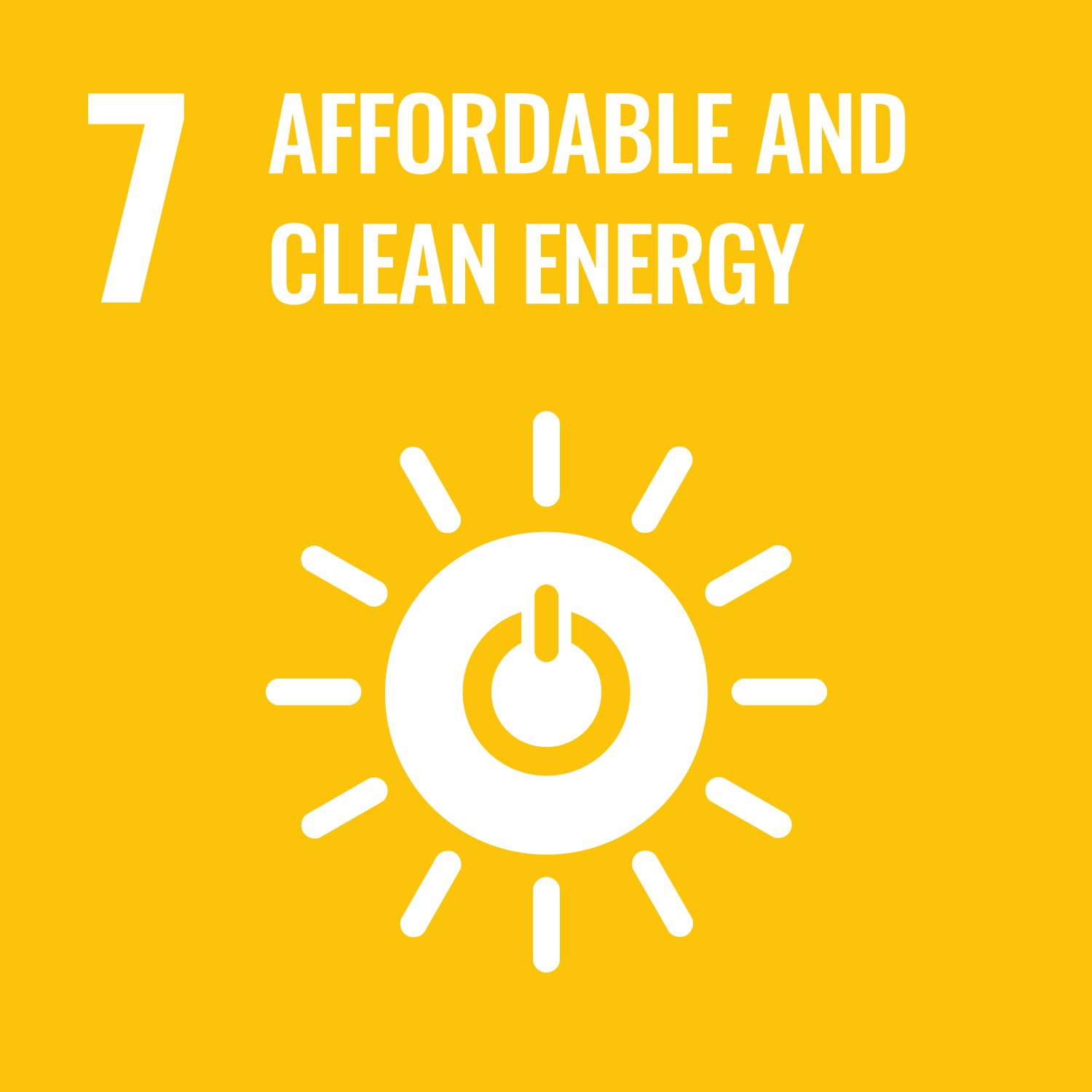
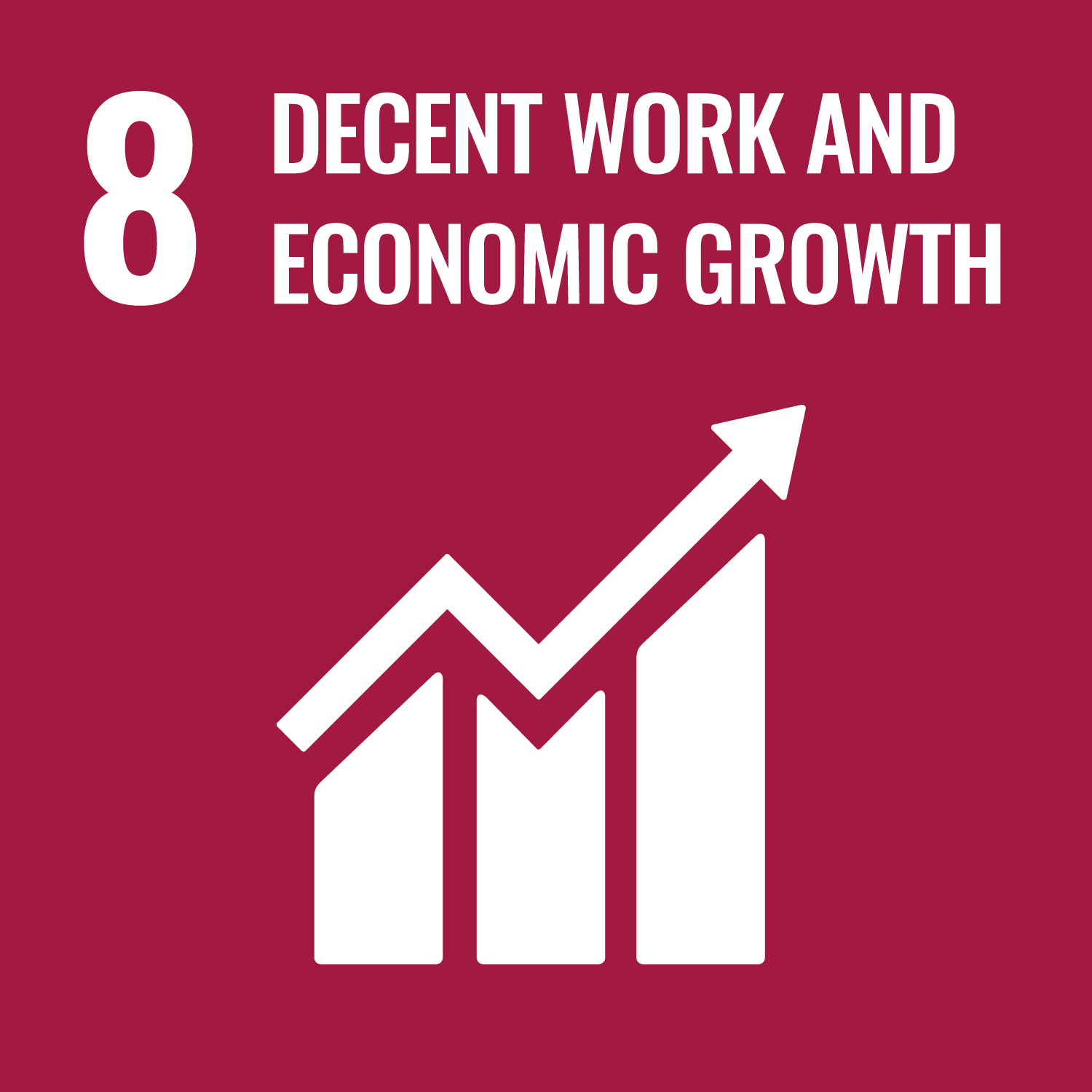

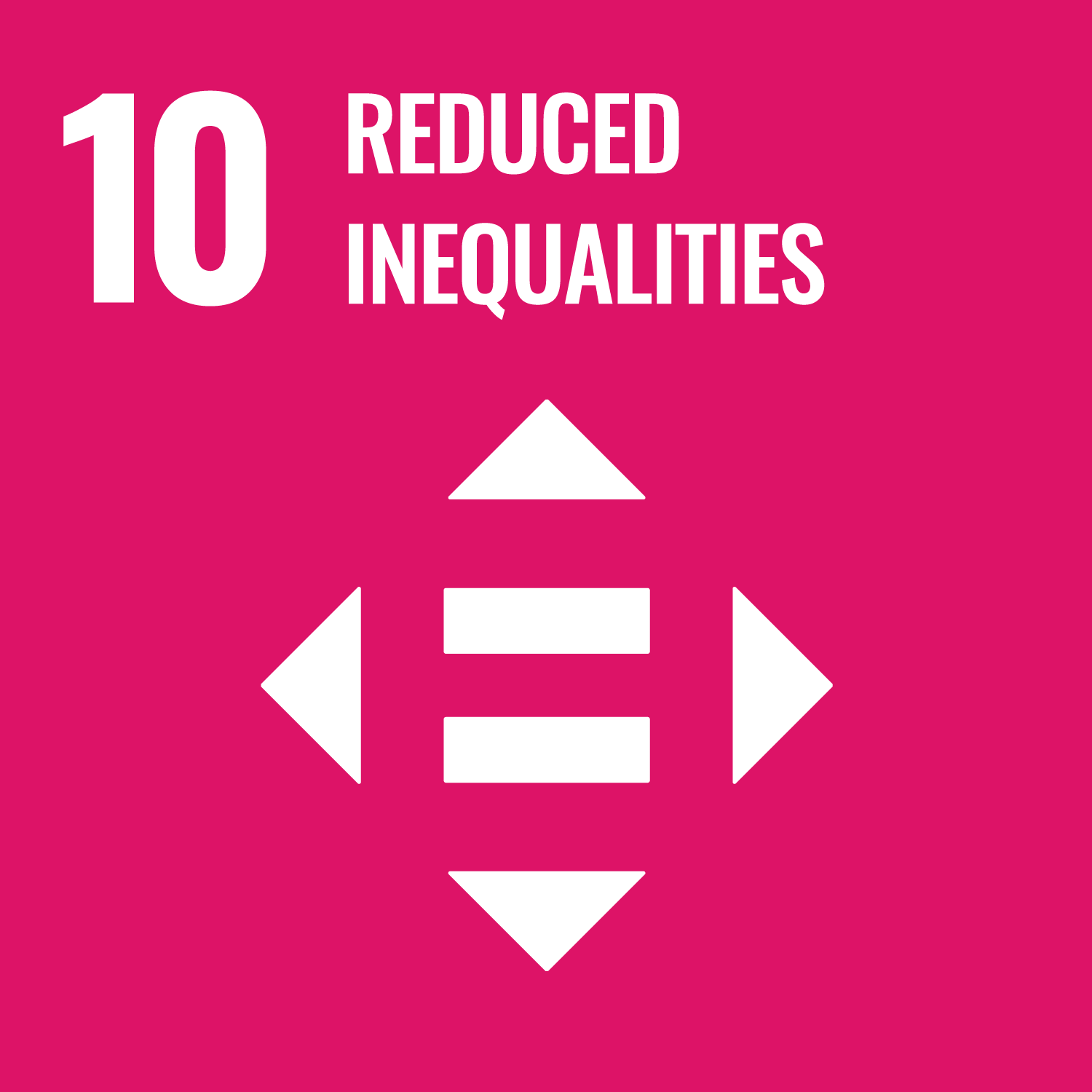
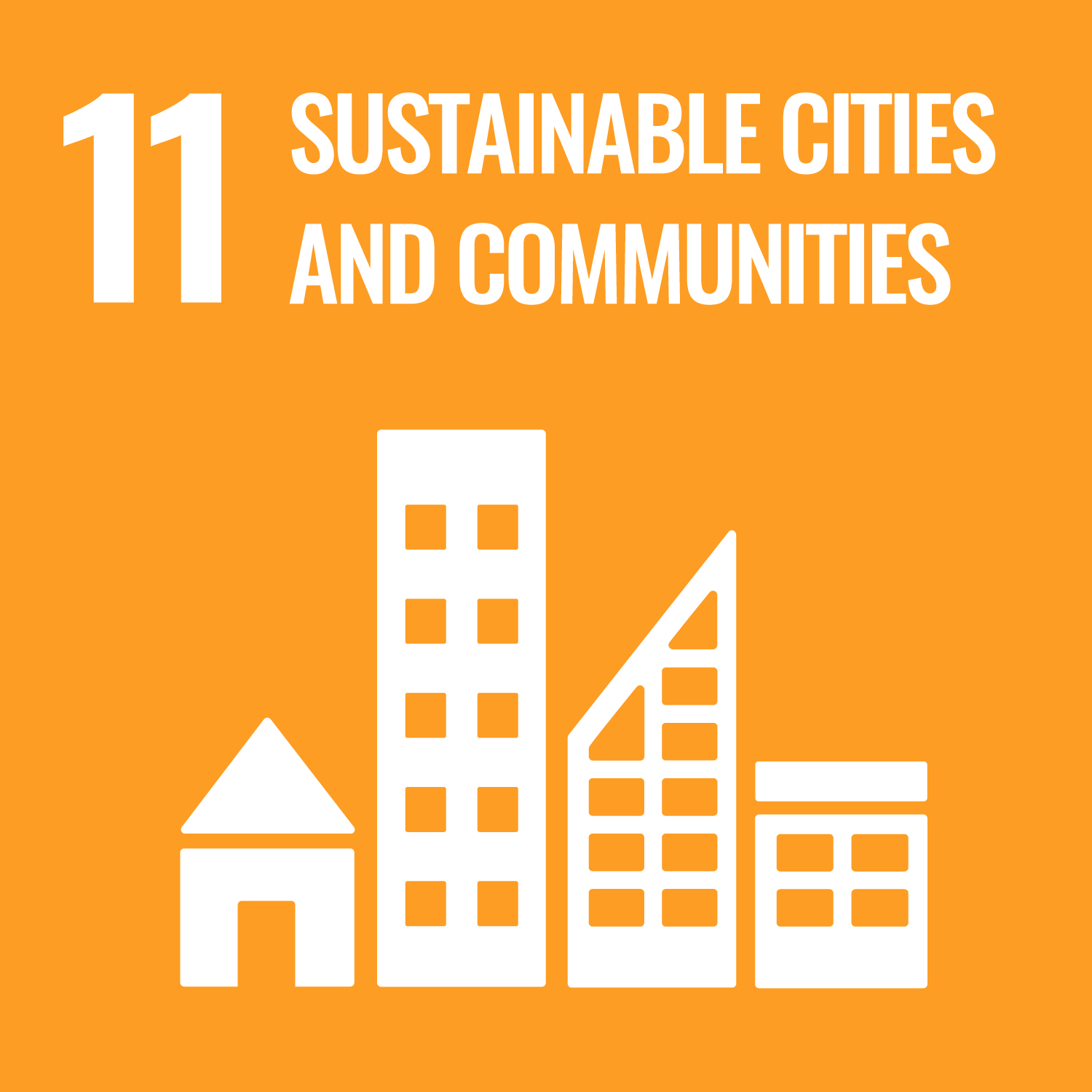



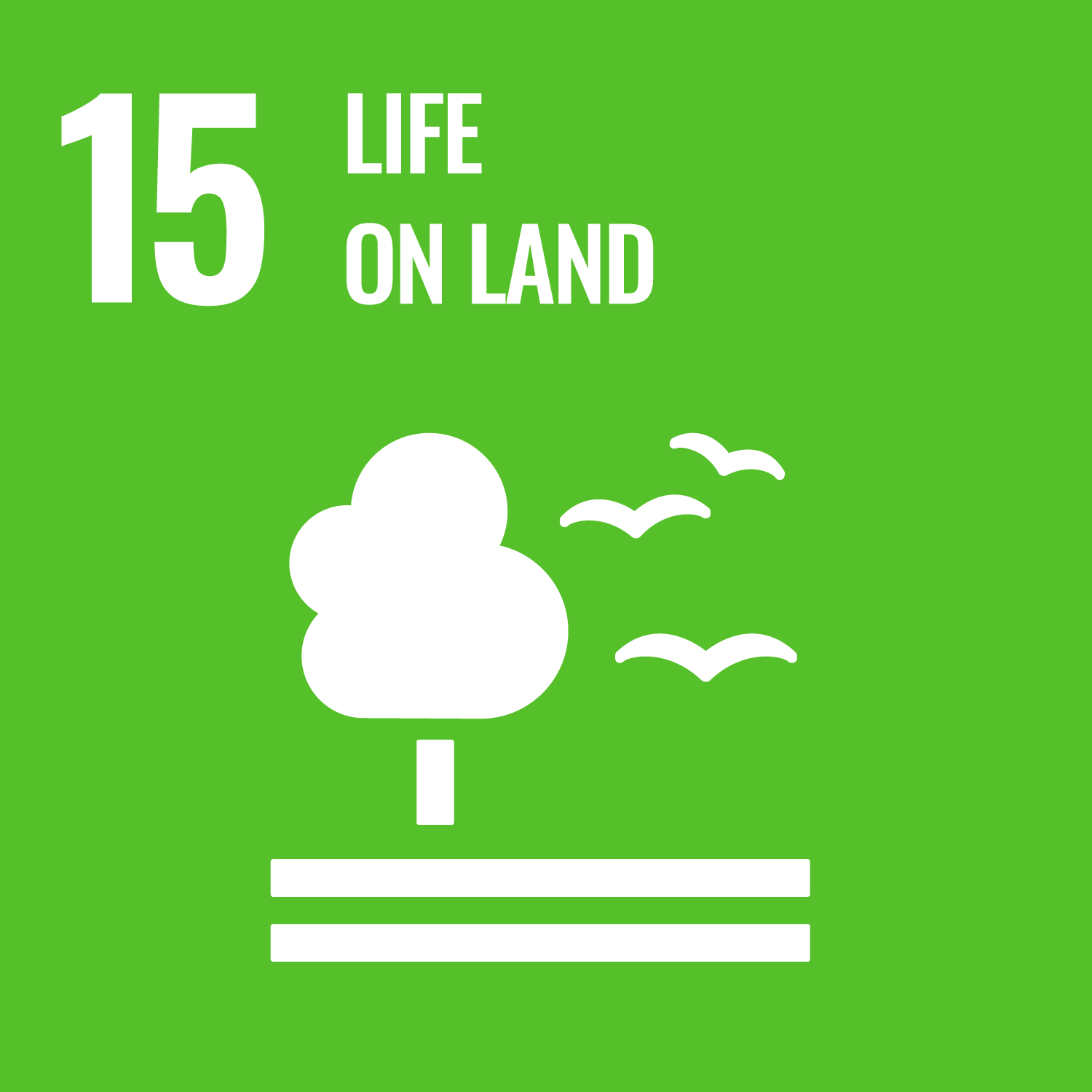

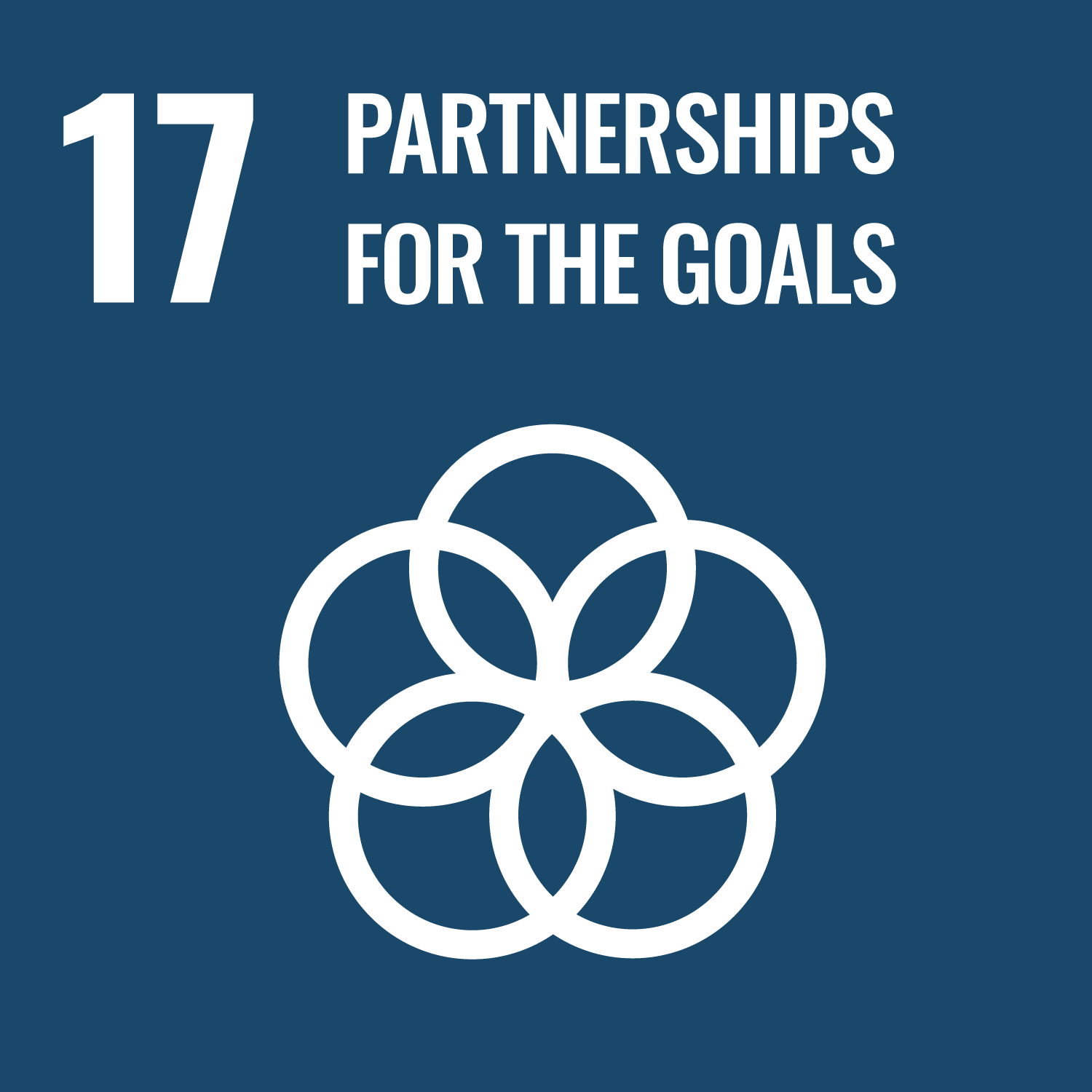
- 1.NO POVERTY
- 2.ZERO HUNGER
- 3.GOOD HEALTH AND WELL-BEING
- 4.QUALITY EDUCATION
- 5.GENDER EQUALITY
- 6.CLEAN WATER AND SANITATION
- 7.AFFORDABLE AND CLEAN ENERGY
- 8.DECENT WORK AND ECONOMIC GROWTH
- 9.INDUSTRY, INNOVATION AND INFRASTRUCTURE
- 10.REDUCED INEQUALITIES
- 11.SUSTAINABLE CITIES AND COMMUNITIES
- 12.RESPONSIBLE CONSUMPTION & PRODUCTION
- 13.CLIMATE ACTION
- 14.LIFE BELOW WATER
- 15.LIFE ON LAND
- 16.PEACE, JUSTICE AND STRONG INSTITUTIONS
- 17.PARTNERSHIPS FOR THE GOALS
Last modified : Mon May 23 04:24:42 JST 2022
